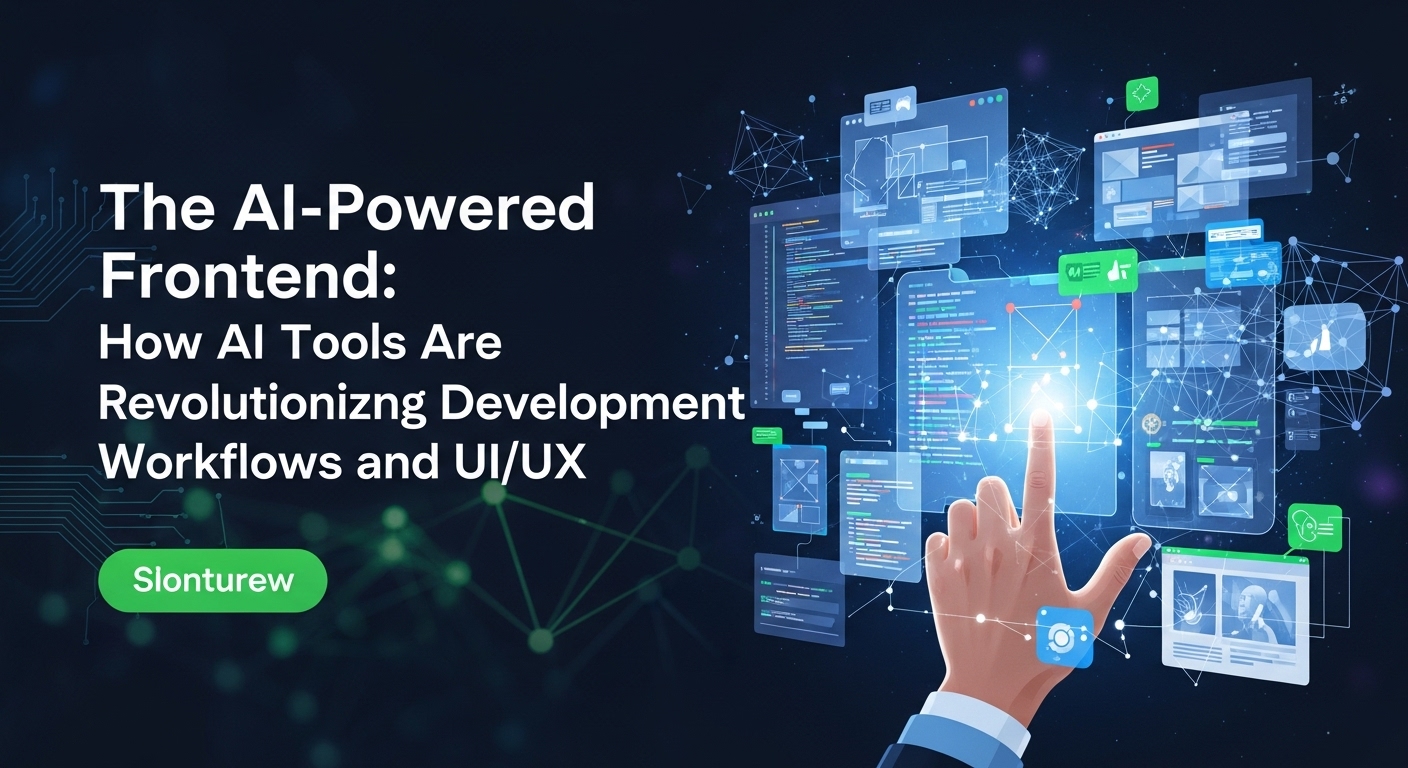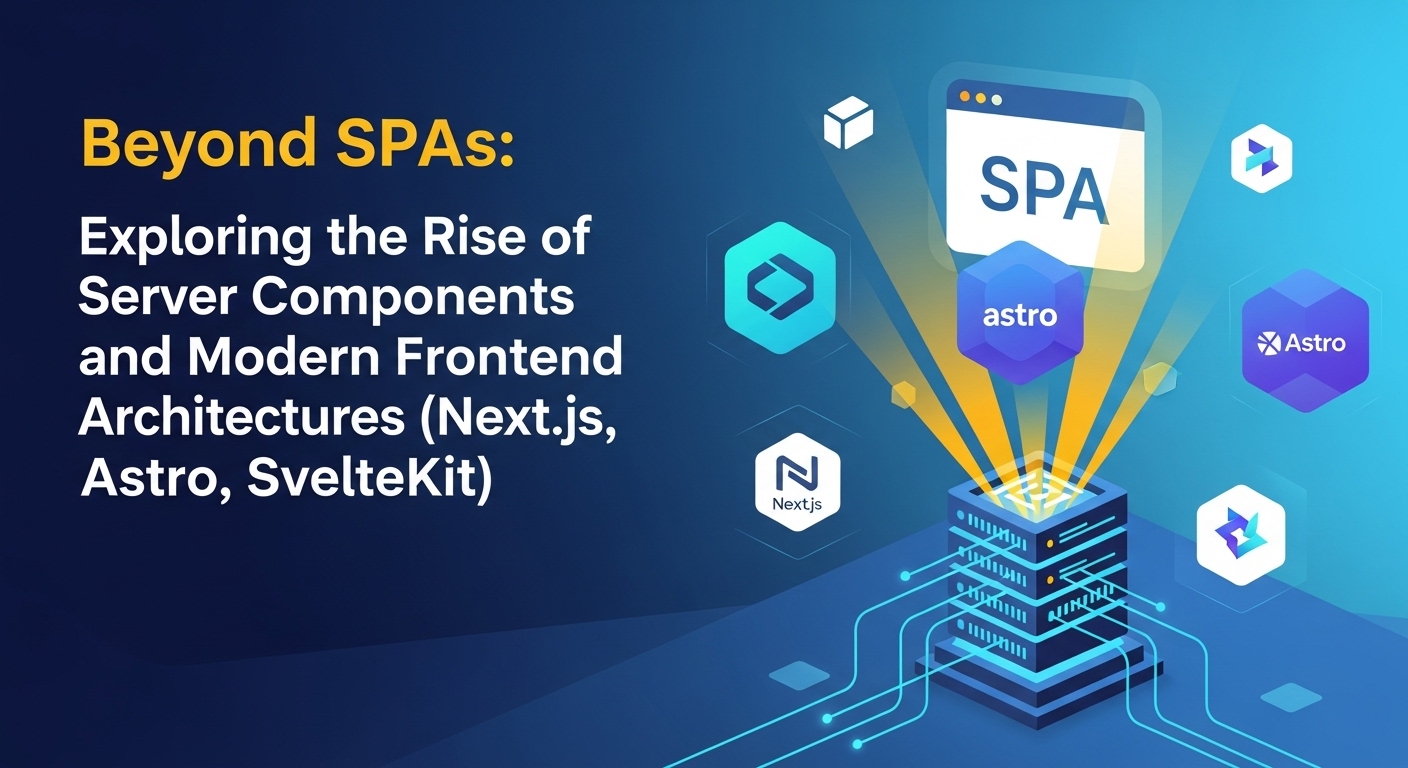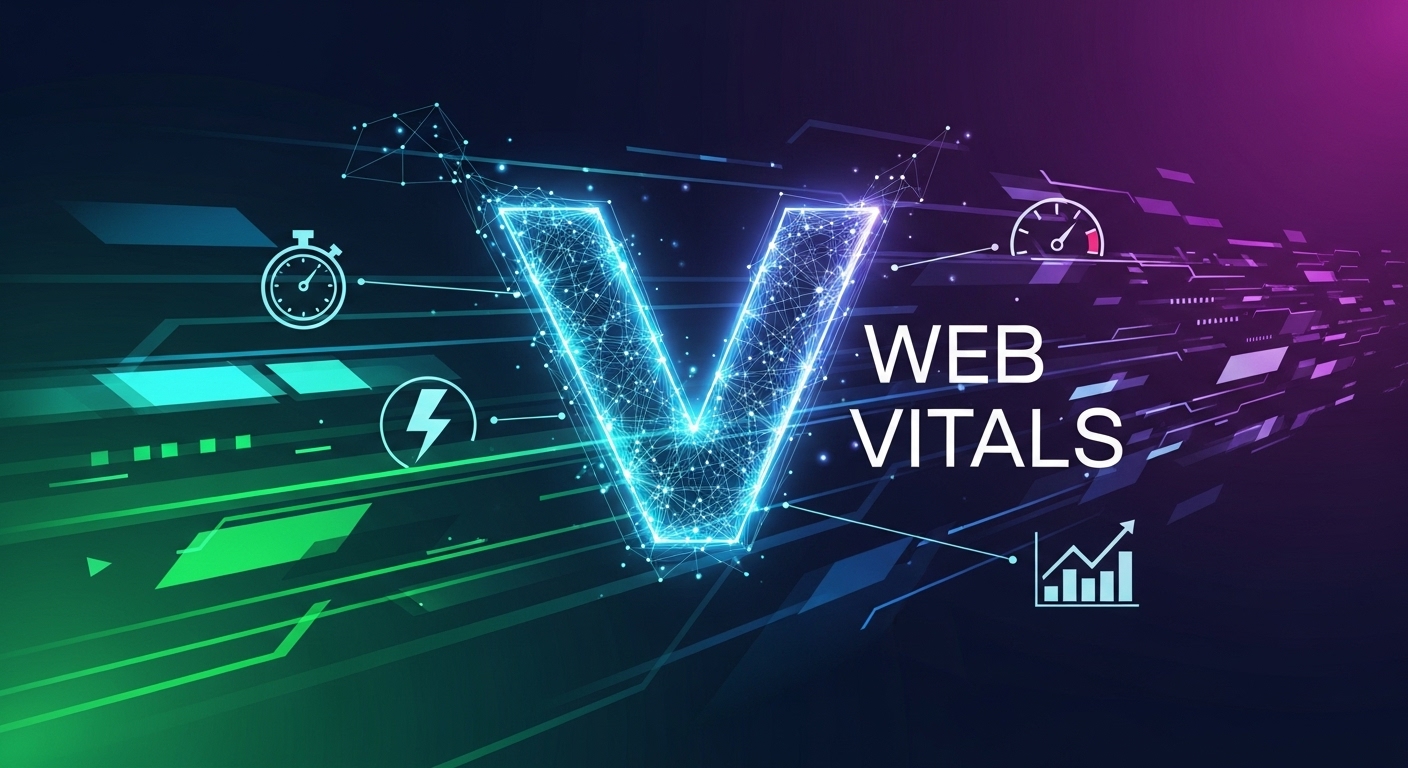The Dawn of a New Era in Frontend Development
For years, the world of frontend development has been a landscape of meticulous, hands-on craftsmanship. From hand-coding CSS layouts to painstakingly debugging JavaScript, the process has been defined by human intellect and problem-solving. But the ground is shifting. A new, powerful force is entering the scene, not as a replacement, but as a revolutionary partner: Artificial Intelligence. The conversation around AI has moved from futuristic speculation to practical, daily application, and its impact on frontend development is both profound and exciting.
Initially, the idea of AI writing code was met with a mix of skepticism and fear. Would developers be made obsolete? Could a machine truly understand the nuance of creating a beautiful, intuitive user interface? Today, we have our answer. AI isn’t here to replace developers; it’s here to augment them. It’s a force multiplier, automating the mundane, accelerating the complex, and freeing up human developers to focus on what they do best: creative problem-solving, architectural design, and crafting truly exceptional user experiences. This is the dawn of the AI-powered frontend, an era where collaboration between human and machine unlocks unprecedented levels of productivity and innovation.
Streamlining Development Workflows with AI
Perhaps the most immediate and tangible impact of AI is on the daily workflow of a frontend developer. Repetitive tasks that once consumed hours can now be completed in minutes, if not seconds. This acceleration is happening across the entire development lifecycle, from writing the first line of code to ensuring its quality before deployment.
AI-Powered Code Generation and Autocompletion
The days of basic syntax highlighting and simple autocompletion are behind us. Modern AI coding assistants are like having a senior developer pair-programming with you 24/7. Tools like GitHub Copilot, powered by OpenAI’s models, and Tabnine have fundamentally changed the coding experience.
How do they work? By analyzing vast amounts of open-source code, these tools understand context with remarkable accuracy. They don’t just suggest the next variable name; they can generate entire functions, complex algorithms, or boilerplate HTML and CSS structures based on a simple comment or the code you’ve already written. This dramatically reduces the time spent on common patterns, API integrations, and utility functions. For developers learning a new framework or language, these tools act as an interactive guide, suggesting idiomatic code and accelerating the learning curve.
Intelligent Debugging and Error Detection
Debugging is often the most time-consuming part of frontend development. Hunting for a misplaced comma or a subtle logic error can be a frustrating endeavor. AI is now stepping in as a powerful debugging ally. AI-driven tools can analyze codebases to identify potential bugs, security vulnerabilities, and performance bottlenecks before the code even runs. Services like Sentry and LogRocket are incorporating AI to group similar errors, provide more context about why a crash occurred, and even suggest potential fixes. This proactive approach means developers spend less time reacting to problems and more time building features. The AI can spot patterns in error logs that a human might miss, connecting the dots between a user action and a subsequent crash to pinpoint the root cause with incredible speed.
Automated Testing and Quality Assurance
Ensuring an application works flawlessly across countless devices, browsers, and screen sizes is a monumental task. AI is revolutionizing this quality assurance (QA) process. AI-powered testing platforms can automate tasks that were once incredibly manual and tedious.
- Test Case Generation: AI can analyze an application’s user interface and business logic to automatically generate comprehensive end-to-end test scripts.
- Visual Regression Testing: Tools like Applitools use AI to visually scan an application before and after a code change. Instead of just checking if a button’s code exists, it checks if the button *looks* right, catching subtle UI bugs, alignment issues, and styling errors that traditional tests would miss.
- Self-Healing Tests: One of the biggest pains in automated testing is maintenance. When a developer changes a button’s ID or class name, tests break. AI-powered tools can understand that even though the selector changed, it’s still the same button, and automatically update the test script, making the testing suite far more resilient and less brittle.
Revolutionizing UI/UX Design with Artificial Intelligence
AI’s influence extends beyond just the code; it’s also a game-changer for the design and user experience (UI/UX) side of the frontend. By understanding design principles and user behavior, AI is enabling new ways to create, test, and personalize user interfaces.
Generative Design and Prototyping
The leap from a text prompt to a functional design is becoming shorter every day. Generative AI tools are emerging that can translate simple descriptions into high-fidelity mockups and even working prototypes. Tools like Uizard allow you to turn hand-drawn sketches into digital designs, while platforms like Galileo AI can generate complex UI designs from a single text prompt. This doesn’t eliminate the need for skilled UI/UX designers. Instead, it provides them with a powerful brainstorming and rapid prototyping tool. A designer can now generate dozens of variations of a layout in minutes, allowing them to explore more creative avenues and focus on refining the best ideas rather than getting bogged down in the initial creation process.
Personalization and User Experience Optimization
A one-size-fits-all user experience is no longer enough. Users expect applications to be tailored to their needs and preferences. AI is the engine behind this hyper-personalization. By analyzing user data—such as click patterns, time spent on pages, and navigation history—AI algorithms can dynamically adjust the UI. This could mean reordering products on an e-commerce site, suggesting relevant articles on a news portal, or even changing the layout of a dashboard to highlight the features a specific user engages with most. This data-driven approach moves UX from guesswork to a science, resulting in higher engagement, better conversion rates, and happier users.
Accessibility Audits and Improvements
Creating a web that is accessible to everyone, including people with disabilities, is a critical responsibility for frontend developers. AI is making it easier than ever to build inclusive applications. AI-powered tools can automatically scan a website or application and identify accessibility issues based on the Web Content Accessibility Guidelines (WCAG). They can flag problems like poor color contrast, missing alt text for images, and improper ARIA roles, often providing code-level suggestions for how to fix them. This automates a significant portion of the accessibility audit process, helping teams build more inclusive products from the very beginning.
The Future is Collaborative: Human Developers and AI Partners
The rise of the AI-powered frontend does not signal the end of the frontend developer. It signals an evolution. The developer’s role is shifting from a pure code creator to a strategic architect, a creative problem-solver, and an AI orchestrator. The most valuable skills will be the ability to critically evaluate AI-generated code, design robust system architectures, understand user needs deeply, and, most importantly, know how to leverage AI tools to their fullest potential. The future is one where developers guide AI to handle the repetitive, boilerplate work, freeing up their cognitive resources to tackle the more complex, creative, and uniquely human challenges of building great software.
Embrace the AI Revolution in Your Frontend Workflow
The AI revolution in frontend development is not a distant future; it is happening right now. The tools and technologies discussed here are just the beginning. By embracing these innovations, you can not only supercharge your productivity but also enhance your creativity and deliver better products to your users. Don’t view AI as a threat—view it as the most powerful tool to be added to your developer toolkit in a generation. Start exploring AI coding assistants, investigate AI-driven testing platforms, and see how generative UI tools can spark your next great idea. The AI-powered frontend is here, and the developers who learn to master it will be the ones who build the future of the web.


